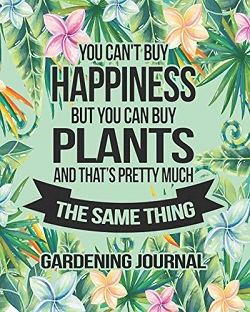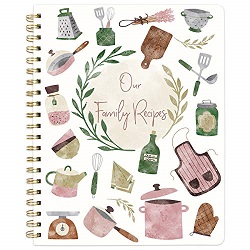An Introduction to Journaling for YOU!
How often do you read or hear about Journalling nowadays? A lot, I bet. When even Forbes magazine devotes entire articles to journaling, you know it has achieved a certain cachet; whether you spell it with one L (US) or two Ls (UK)!
Why has it become so popular? It’s a powerful self-help tool. It calms and clears your mind. It helps you to release any negative emotions while creating a safe space to explore your anxiety.
BUT, how can you journal if you hate writing?!
Probably the most simple and easy method is to use different types of pens or pencils to make journaling more interesting and exciting. There are so many different ways to get started you’ll almost wish you’d never asked.
Draw Pictures; make your journal a picture book
If you can’t draw for peanuts and really want to, why not do an online course? There are so many that are free and you can choose from horses to humans … the action of creating a visual image can be significant in your life and a great start on your journaling path. And if they’re yours, the images will have such a special meaning in your journal.
Any kind of picture that expresses your emotions and your current situation will help. Perhaps something abstract to really let it all out. I always think Edvard Munch’s Scream is very evocative of those, end-of-my-tether moments …
In your journaling process, make sure you annotate and label your picture when it’s finished and when it’s included in the book.
Leave a blank page in your journal opposite your drawing.
When you come back to review your journal entry you can make a note of additional thoughts, emotions and responses…
The simple act of drawing to begin you’re journaling, especially when you’re a newbie, may actually stimulate your writing practice quickly and you’ll be attacking a written journal before no time.
Diagrams in journaling
Journalling about a specific problem can be made easier by using a diagram such as a mind map or decision tree.
Diagrams are powerful because they’re visual and help you to see the flow of patterns and connections. You can illustrate the different outcomes and results to help you formulate the best decision.
Adding colour makes them more attractive and can highlight connections in your daybook.
This Stocktake guide will give you a structured idea for creating a diagram
Use Prompts when you’re stuck with your book …
Using a simple prompt, such as a word or question, can help break the blank page
syndrome and inspire you to unburden yourself onto the empty page in front of you. Amazing how the words flow in your diary when you become unstuck.
Keep it simple. Open a dictionary, pick a word with a pin and take it from there …
Don’t feel you have to write a lot or even in full sentences. Use your own personal abbreviations and write only what you need …
Journalling and your journal have to relate to your needs at the moment of writing; which vary from day to day.
Is there something specific you want to journal about?
There are journals for weight loss, gratitude, happiness, To-Do lists, Makeup and many others. Amazon is a good place to look.
Create a Collage … easy journaling
Get some magazines or newspapers and cut out words, phrases, paragraphs or even articles that relate to you and your emotions and lifestyle
Add pictures that demonstrate how you are feeling or want to feel and you’re creating a vision board.
Read how and why to create a vision board …
Make it truly personal. Leave a blank page so you can revisit and review at a later time
Speak It … to yourself
Writing using a pen and paper is probably the most powerful method of journaling but you can also use dictation software such as Dragon Speech to Text software or even something like Otter or just record on Audacity … my most favourite editable voice recording app. You need the software (free apps) and a computer with a microphone
Begin your journaling journey by speaking to the computer and imagine you’re talking to a friend or just talk to yourself.
You’re looking for software that converts your speech to text so you can save the document created for review later.
Apply the KISS principle to your journalling
Keep an electronic journal, with or without speech to text software. Maybe a simple Word document.
.
Printing is always a good idea too and keeping it in a binder gives easy access. The printed format is excellent if you want to embellish your story and turn it into a novel … of just make additional notes on the hard copy.
Be Flexible
Journaling is supposed to be enjoyable so it’s better not to have a plan for when and where and how you will journal. It may not suit you and it may add stress you don’t need.
However, many people like the routine of journalling every day for 20 minutes; because it suits them to do it this way. Yet others will journal once a week; because that’s what works for them.
You may even decide to journal only when you feel the need to do so.
There may be days when you need a picture or a prompt to get you writing.
Yet other days you may find the words flow and you can write, almost unconsciously, without stopping.
Remember
A journal is a personal document which is designed to help you in the moment. It’s also designed to be read, revised and annotated..
A journal is a living document. There is no right or wrong way to create or use it; choose what works.












